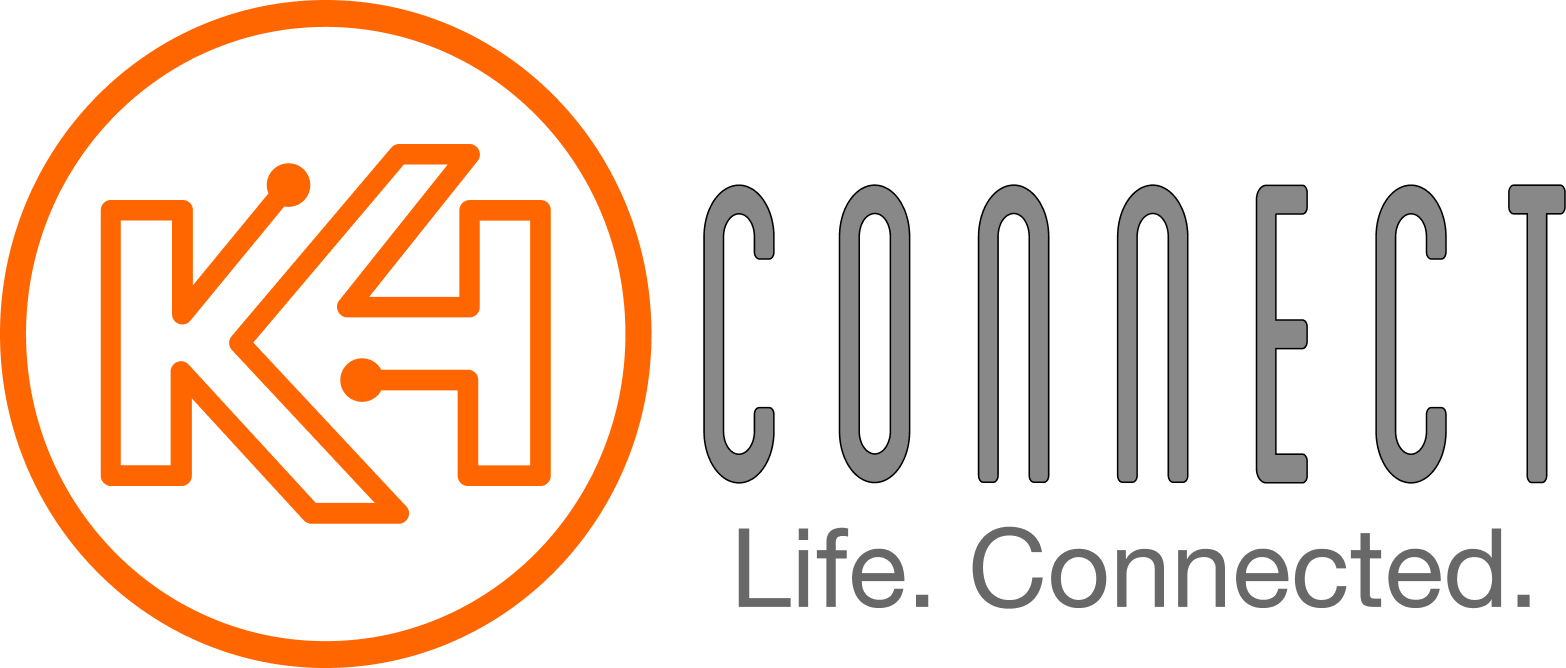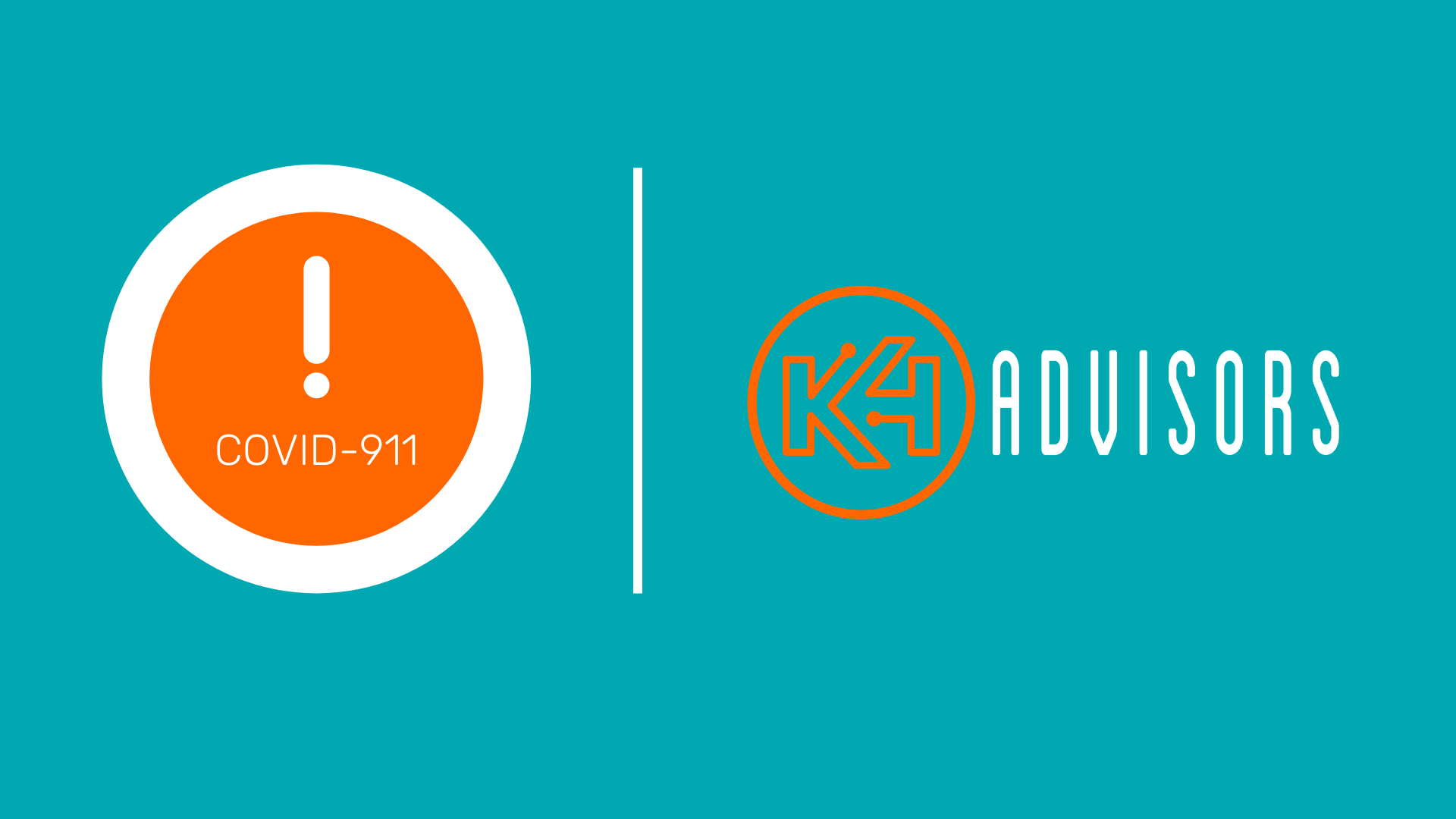“It clearly feels like we’ll be forced to find, or hopefully define, our ‘new normal‘.”
By: Cindy Phillips | Managing Partner, K4Advisors
April 16, 2020
As we begin the difficult discussions on how to reopen America, and subsequently senior care communities across the country, we know there is still so much more work to be done, and so many more lives to be saved. We are nowhere near finished, and I wonder if we ever will be?
Finished, I mean. This pandemic is not like any other situation I’ve experienced. It combined the worst of them all, demanding greater levels of physical, emotional and intellectual energy than ever before, and will likely bring lasting changes to the way we live and engage with one another. I am sure we will never be “back to normal” again. Although some may struggle to hear that, it clearly feels like we’ll be forced to find, or hopefully define, our “new normal.”
That said, if one of our lessons learned from this is ways to keep people healthier and safer, especially our most vulnerable older adults, then I want the new normal. If other lessons are that we need easier ways to quickly communicate and keep people informed, ways to digitally connect them with their friends and family, ways to provide virtual access to medical professionals, ways that everyone, no matter your age or socioeconomic class, can have these options, then I want the new normal.
Look, I am not trying to trivialize or minimize the all-out war we are waging against this virus, but I do believe in senior living we’ve recognized (maybe cemented) the need and importance of being prepared to fight something like this in two ways.
First, the medical one, bringing to bear all the resources, knowledge and expertise we have in stopping the spread of the virus, and in finding a treatment for those who get it. At the community level, all senior living operators have been doing their very best to adhere to critical policies and procedures, even though they are changing day to day. They have demonstrated an amazing ability to improvise with limited resources, still able to serve, protect and prevent the spread of COVID-19 on their campuses. While there are some notable hot spots, the effort overall has been incredible given the vulnerability of this population.
The second way we must fight something like COVID-19 is through communication. On a global, national and state level, we’ve watched endless hours of news coverage explaining the pandemic’s origins, realities, discoveries, and mitigation efforts. We want to hear our leaders outline the strategies for getting us to a better place and a plan for next steps.
This is no different at the community level, with many executives and frontline leaders sharing important guidance, but also messages of hope and calm. Thankfully, everyone is recognizing the critical importance of this and it is a sobering reminder that having platforms for not only mass notifications, but also for more detailed updates on a routine basis must be a part of our everyday life going forward.
I can remember back to the beginning of this epidemic, hearing about the first cases at Life Care Center at Kirkland, and thinking with my old Executive Director hat on, honestly saying to myself, “This is going to be a huge communication challenge.” I knew how much residents, staff and families would need frequent doses of information, education, and reassurance, wanting to know the exact steps being taken to keep everyone safe. It was also clear to me that having the right tools and technology in place to facilitate the timely and accurate delivery of this communication was going to be essential.
Now on the sidelines and seeing this from the view of a technology provider, I have watched and read about communities doing this well. Some were lucky, having already embraced the digital world, they had in place critical notification pathways such as a resident app or portal, a friends and family app, a COVID hotline or digital signage, enabling them to easily create a single message and instantly publish it to their key stakeholders. Some communities, now our clients, have added some of these features during COVID, recognizing there will be no better time to get them in place.
Other communities had video chat or conferencing features in place, YouTube channels, and capabilities to stream live content to their community TV channels. While these may not have been fully integrated or may not have worked perfectly at the start, with the help of solution providers like K4Connect, they were able to provide continual updates and communication to the many who were counting on it. Eventually, these tools also provided new ways to connect residents and loved ones, and now have ushered in a new form of virtual programming that may remain long after quarantining and social distancing ends.
But for every one of these communities, there are probably two or three more that are struggling to keep their communities informed and updated. Some may have used their website or Facebook page to publish broad messaging or video clips, but often these do not reach all the necessary audiences or may not be easily updated by in-house staff. Without the proper tools, they are either under communicating or wasting critical staff time getting the message out the old-fashioned way (photocopies, emails, letters, elevator posters.) Or even worse, as documented in a recent McKnight’s survey, fielding hundreds of phone calls from residents, family members, or even staff, many wanting to know the same information.
Whichever scenario best describes your community, the good news is we can all get better. At K4, we think of transformation and innovation as a journey, not a destination. Our maturity model outlines the critical steps to leveraging the benefits of technology, how to become a Smart Senior Living Community. So no matter where you begin, you have a roadmap to build and execute a long- term strategy to address engagement and communication.
Gerri Knilans recently said in her April 14th blog, “Societal needs dictate the technology we develop, and at the same time, emerging technology can also shape our society.” Maybe it happened in the reverse order, but we have better, more affordable ways to engage and communicate with all these important audiences. I hope that while these were once seen as “nice to have tools,” that an unfortunate chapter in our lives called COVID, will make them a “must have.”
This will not be the last emergency, weather event, or even the last pipe to burst in a building. Make use of the lessons from this terrible event to re-examine your digital transformation strategy, and know that the advisors and support team at K4Connect will be here as a partner (not a vendor), to help you integrate these tools as part of your “new normal”.
Contact Cindy about these tools at Cindy.Phillips@K4Advisors.com, or learn about our integration platform, FusionOS, and our resident engagement and communication app, K4Community, at www.k4connect.com.

